Service
 English
English
 English
English
Compared with traditional HDDs, SSDs have the advantage of smaller size, higher speed, high 4K read/write I/O performance, and lower power consumption. Combining HDD and SSD to form a hybrid storage pool, using HDD to store data and SSD for cache acceleration, can greatly improve storage performance. Generally, the number of random reads or writes per second of a storage pool accelerated by an SSD cache can be increased 10 fold and the average delay can be reduced by over 50%.
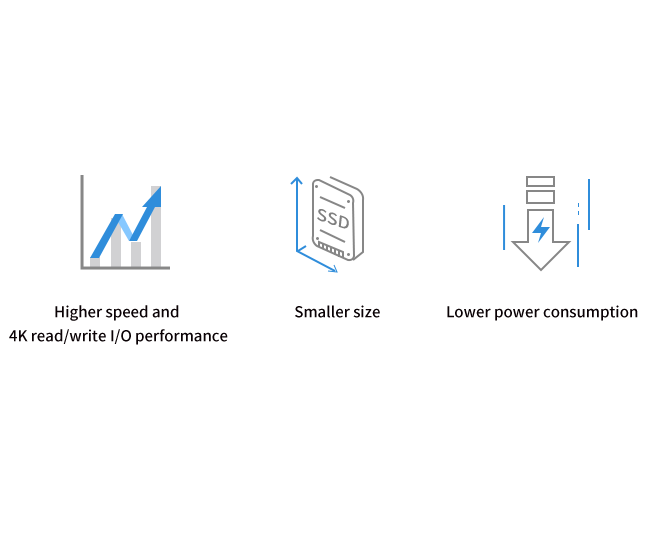
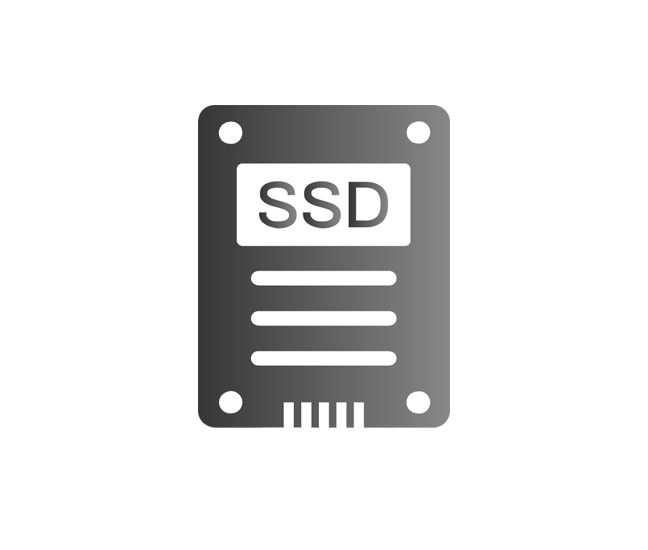
TerraMaster Hyper Cache is a unique SSD cache acceleration tool developed by TerraMaster. Compared with a traditional SSD cache, Hyper Cache offers three alternative cache modes to choose from depending on the specific usage requirements. Furthermore, it supports the creation of disk arrays for SSD to increase cache performance and security. With TerraMaster Hyper Cache you can create faster and safer SSD cache acceleration for TNAS, and achieve more efficient and reliable hybrid storage.
CloudSync integrates a variety of mainstream cloud drive synchronization functions in one application, including Google Drive, OneDrive, Amazon S3, Dropbox, Baidu, and Alibaba Cloud. You thus only need to manage one application to achieve a range of cloud drive synchronization management functions.
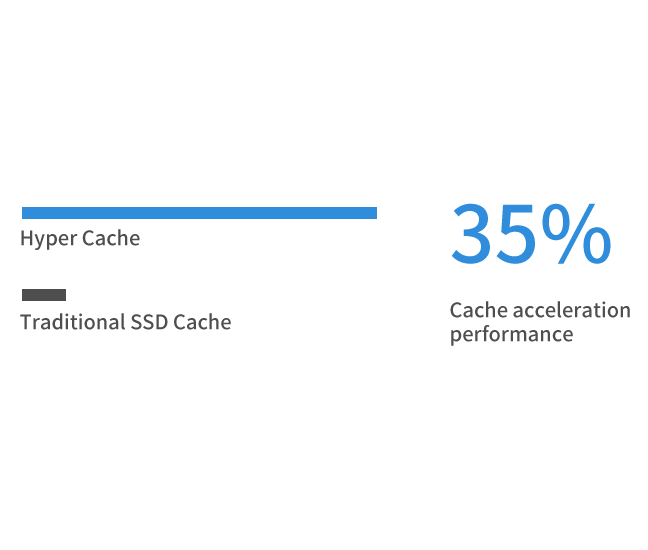
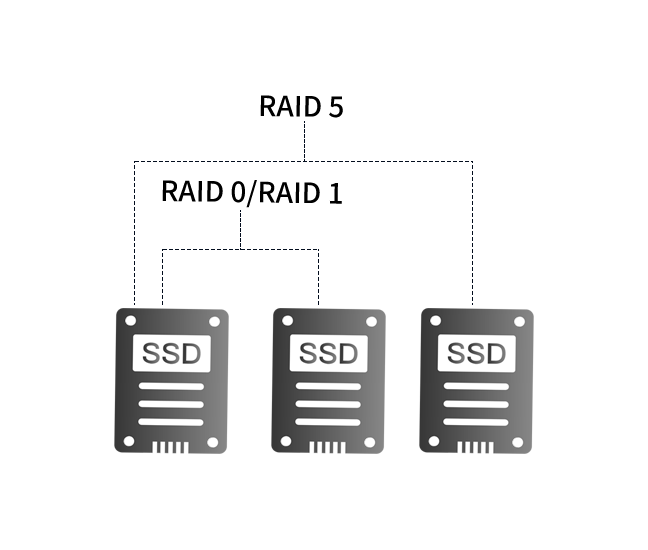
One of the main features of Hyper Cache is to provide disk array support for the SSD cache. Hyper Cache allows users to utilize multiple SSDs to create RAID 0, RAID 1, and RAID 5 disk arrays in order to provide SSD cache capacity expansion and redundancy protection. After building a RAID 0 array, the read/write performance of the cache can be doubled. If SSDs are used to form RAID 1 or RAID 5 to provide cache acceleration, not only will the cache performance be doubled, it will also be more secure. By using a custom cache mode to freely match SSD array combinations, it can meet users' individual needs for cache speed and data security in different business scenarios.
CloudSync integrates a variety of mainstream cloud drive synchronization functions in one application, including Google Drive, OneDrive, Amazon S3, Dropbox, Baidu, and Alibaba Cloud. You thus only need to manage one application to achieve a range of cloud drive synchronization management functions.
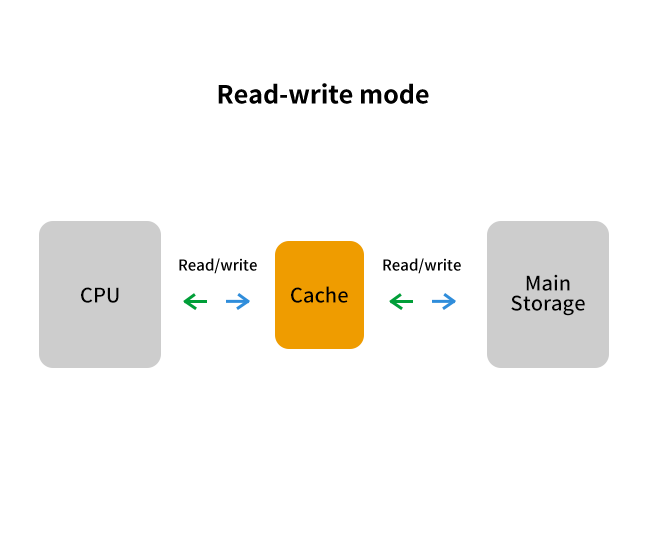
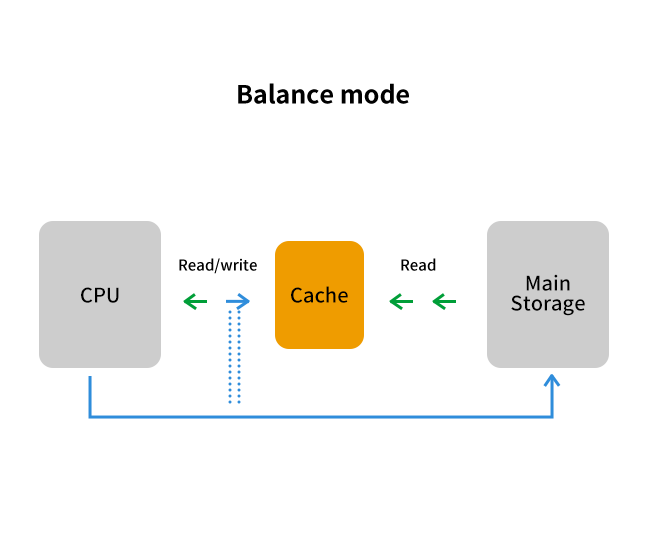
This mode accelerates preloaded read caching. Data is written to the SSD cache and the hard disk synchronously. Data writing is slower to a degree, however data reading is accelerated. This mode may avoid the risk of SSD failure or of data loss due to power failure. In this mode, creating RAID 0 with two SSDs would improve the cache read/write speed. This mode is suitable for users with low cache-writing requirements but high cache-reading requirements .
This mode provides acceleration for cache reading only. Data is written directly to the hard disk rather than the cache. Any SSD failure does not affect data security. In read-only mode, cache reading can be accelerated by creating RAID 0 with SSDs. This mode is suitable for users with high data security requirements but low cache-writing requirements.
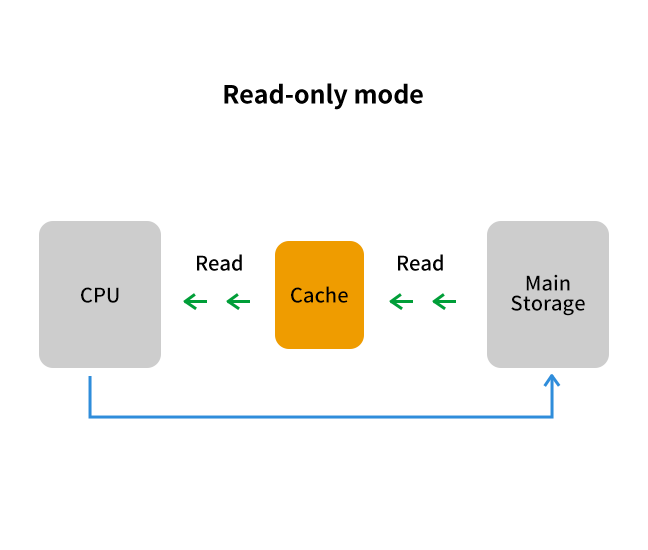
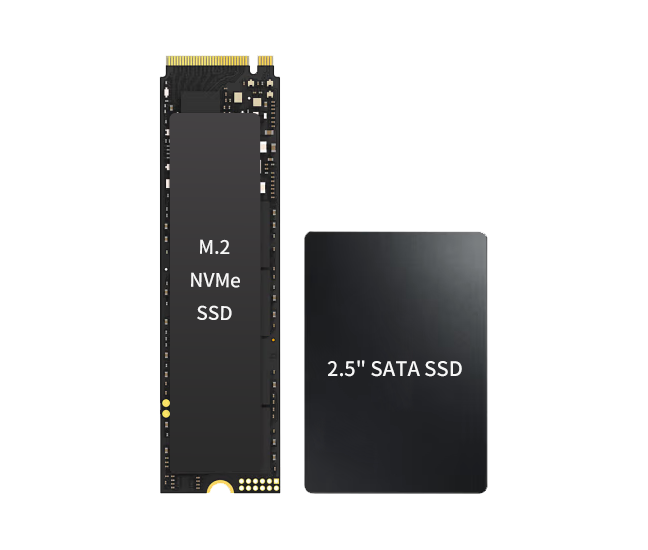
Most TNAS can create Hyper Cache with 2.5” SATA SSD, and some models also support using M.2 NVMe SSD to create Hyper Cache (such as 423 series TNAS, please refer to product specifications for details).
Nonlinear video editing professionals have high requirements for both the speed of reading video files as well as the caching capacity since they work wih such large file sizes. A high-definition video script can often be hundreds of gigabytes. The user can create a cache array using two SSDs and, in this instance, vastly improve the speed at which large video files can be accessed using the read/write mode with RAID 0.


Website databases are characterized by a low write rate and a high concurrent read rate which require high 4K reading performance. In this scenario, the configuration of balance mode + RAID 0 can not only guarantee the security of writing, but can also achieve the required read rate.
Support
Terms & Conditions
Contact Us
After sales service:
service@terra-master.com
order@terra-master.com
Technical support:
support@terra-master.com

2-year warranty

Support 24/7
Contact Us
Address: Longhua, Shenzhen, China
After sales service:
service@terra-master.com
order@terra-master.com
Monday to Friday 9:00-18:00
Technical support:
support(at)terra-master.com
